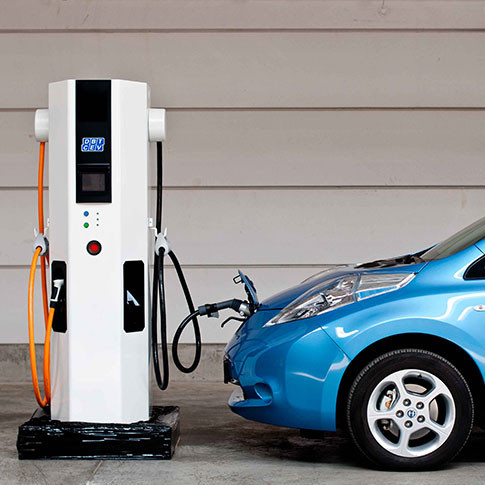
EVs DON’T HAVE ENOUGH RANGE. YOU CAN’T TRAVEL MUCH
Electric vehicles are frequently expected to run as long between charges as gasoline vehicles do between fill-ups, but they don’t have to. Why? Electric vehicles (EVs) are charged more regularly than gasoline-powered vehicles. EV drivers charge up wherever they go rather than going to the gas station when the tank is empty. The average Indian driver travels only 40 kilometers a day, well within the range of any EV. Even the shortest-range electric vehicles can travel more than twice that distance before needing to be plugged to the charging point. Among affordable EVs, the Tata Nexon EV can run for an average 250 kilometers on a charge, while the MG ZS EV ups the range to 350 kilometers, and the full-electric version of the Hyundai Kona boasts an operating range of 450 kilometers
EVs ARE TOO EXPENSIVE
Though battery costs are expected to drop dramatically in the coming years, for the time being most EVs are premium priced, compared to similar gas-powered models. But most are still eligible for FAME II incentives granted to EV buyers that helps level the proverbial playing field. If you want to drive an EV but are on a tight budget consider a used model.
Pre-owned EVs are cheap these days, thanks to a combination of factors, including limited demand and the aforementioned FAME II incentives, which effectively and immediately slashes an EV’s resale value. Also, pre-owned electric cars tend to be driven fewer miles than the norm, given their inherently limited ranges, which means they’ve typically endured less wear and tear.






